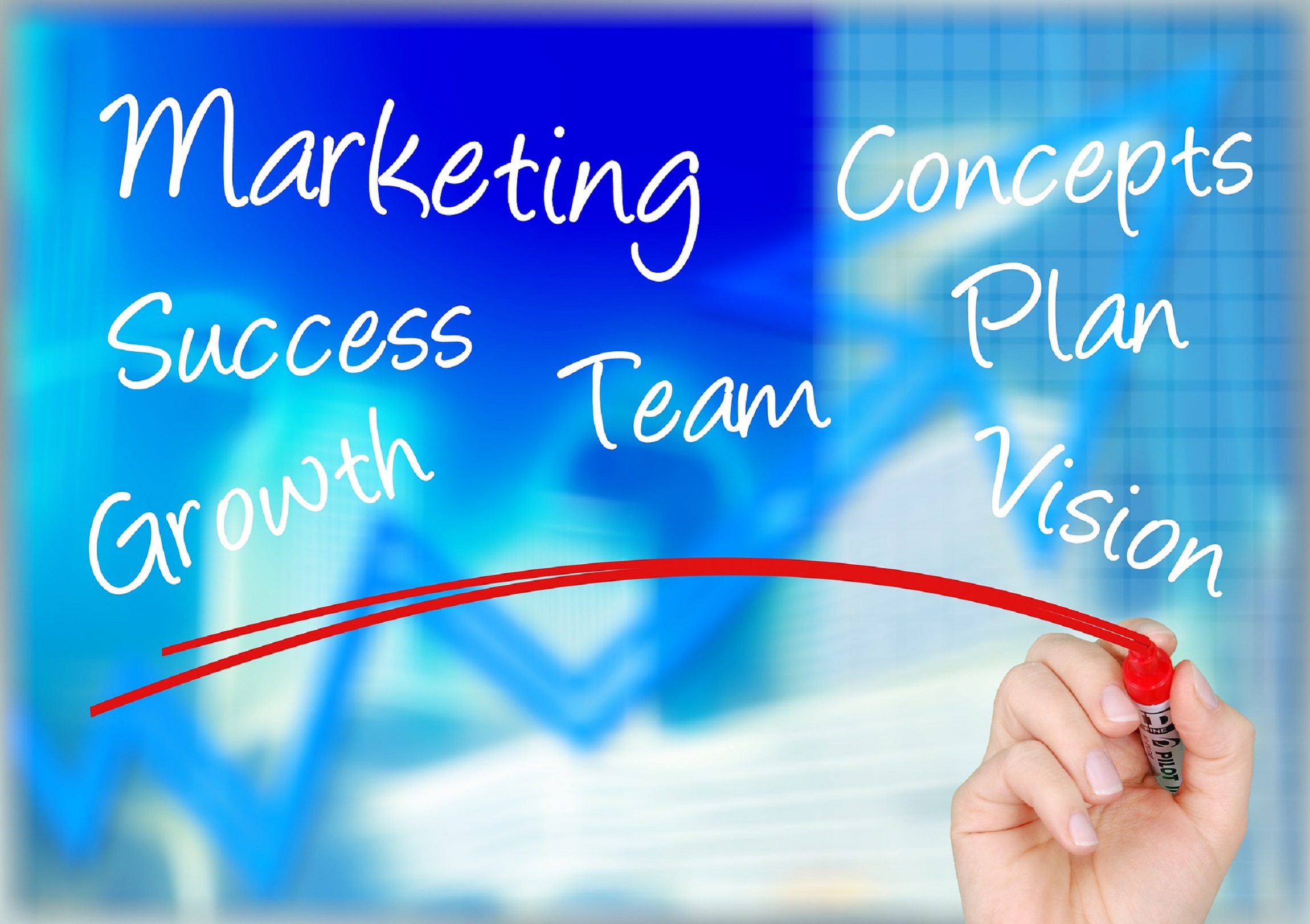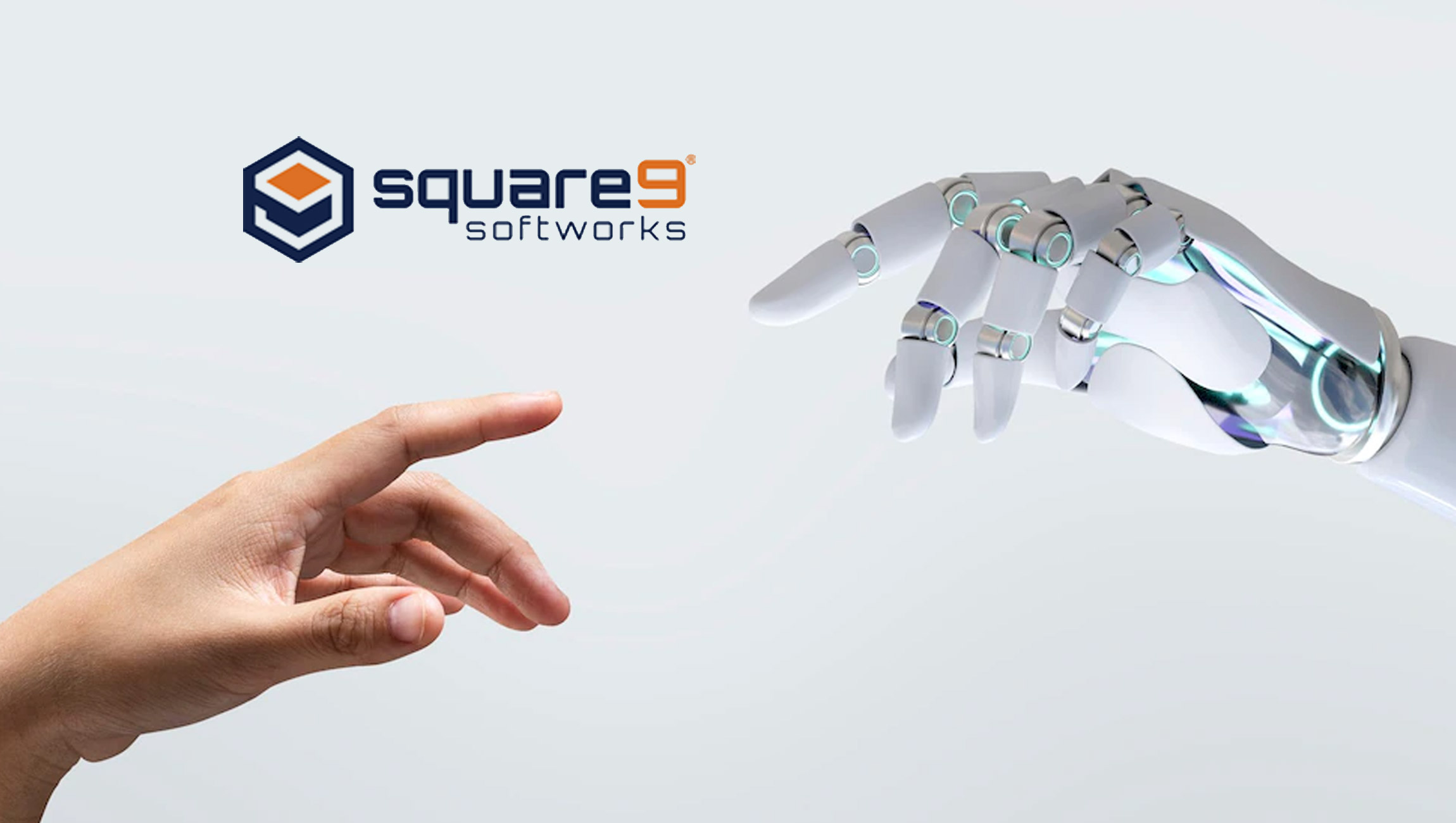Distraction
In recent years it has become apparent that our society is increasingly stressed by demands for people’s attention. This is true both in our personal lives, and in our professional capacities. As one point of reference, recent studies have shown that from 1970 to 2020, individuals have been bombarded with more than ten times the number of advertisements and commercial messages every single day. The number of channels with which people engage has increased from fewer than five (radio, tv, print, for example) to dozens (multiple social channels, news alerts, text messages, emails, podcasts, streaming video, etc.)
Just in the past three years, as a result of the shift from primary models of in-person work to remote/digital/hybrid environments, the level of distraction has dramatically increased. Research has shown that the number of meetings that an average professional has in a week has increased by a factor of five (i.e. 500% increase) and that the number of text chats and electronic communications has doubled – all in the last few years.
While all of this is true for marketers and salespeople, it is also (and more importantly) true for their prospects and customers. Yes, the primary go-to-market model for most B2B companies has taken a dramatic turn to digital-first channels (after a century of in-person, face-to-face meetings dominating sales and marketing) but that’s not the driving factor making sales and marketing more difficult. The real issue is that prospects and customers are more and more distracted. We’ve all noticed this anecdotally; we can see when our prospect on the video call is looking over to read an incoming email or social media post, or even on a phone call when the other person is quiet for a moment and then asks us to repeat what we just said. (Introspective readers might even acknowledge the occasional display of this kind of behavior in themselves.)
The human brain is not built for multi-tasking. In fact, people delude themselves by thinking that they are capable of multitasking (reading and watching TV at the same time, for example, or in an extremely dangerous case, texting while driving.) What actually transpires is that the brain is switching between tasks very quickly. This bears repeating – the brain switches between tasks, suspending one, to perform another. Of course, this happens in milliseconds, which has the effect of fooling us into thinking that we are doing more than one thing at a time. The brain is stopping and starting these different tasks over and over. It does this by using a neurochemical switch, consuming nutrients (which are finite resources) such as glucose every single time. The result is that our cognition is affected – and not in a good way. In fact, the more resources our brain uses, the more tired we get, and this reduces our ability to function at peak performance (both mentally and physically.)
Marketing Technology News: MarTech Interview with Cary Tilds, Chief Strategy and Operations Officer at Frameplay
The Story Gets Worse
Understanding and remembering information, as a cognitive function, is highly dependent on the complexity of that information. The simpler the messages, the easier they are to understand, and the more they will be remembered. The way that people decipher complex information is to break it down into building blocks – components that are individually simpler, and when assembled together, form the more complex concept. So, when a prospect or customer hears or reads information that is highly complex, they need time for their brains to disassemble these information structures, process them individually, and then bring them back together. Sometimes we can even see this when people take time to think (brow’s furrowed, with an intense look in their eyes) and then they seem to relax and their eyes widen as they have the “ah-ha” moment….their brain has gone through the process of decomposition into smaller, understandable chunks, and now they understand.
Unfortunately, the B2B world is now highly complex, and is increasingly so along many dimensions. Complex problems; complex technologies; complex organizations; complexity in external macro-forces. The result is that we are hardly ever in situations with prospects and customers where we are discussing simple issues.
When we layer in the amount of complexity in our customers worlds with the levels of distraction to which people are exposed, we can appreciate how difficult it is to help prospects and customers truly understand what we are trying to communicate.
Getting People to Pay Attention
In order to help people process complex information, we need to recognize that there are two key ingredients to achieve this result:
- Creating Understanding: Helping them focus on this one task. Cognitive science has shown that when dealing with complexity, humans suffer from the inability to form deep neural connections (that is – the ability to retain and remember important information) unless they are highly focused. This focus leads to a key ingredient in getting customers to understand and remember a company’s critical information (such as competitive value differentiators) – which is Attention and memory are inexorably linked. When people are overloaded with too much information, the result is a lack of attention, which means people do not remember. Keeping them focused will result in them paying full attention, which results in the formation of deep neural connections – meaning that they will understand and remember.
- Creating Personalization: Making this problem even more difficult is that each individual processes different amounts of information at their own pace. So, when a sales or marketing person communicates highly complex information in the same way to many people, it is axiomatic that this will result in a lack of consistency in how well the audience understands and remembers these key facts. This means that we need to provide individuals with the ability to discover relevant information for themselves, so that they can each traverse the information at their own pace, and in their own sequence. Sequence is critical, because in order for people to retain information, they must access the explicit memory processes within the brain, and this requires a unique sequence of learning steps for each person.
Interactive Transformation
How do we help prospects and customers focus when they have so many distractions? We immerse them in an interactive experience. We know from research that when individuals are passive in an information transfer process (such as watching a video or a slide presentation or listening to a salesperson talk) they are not as attentive as they need to be, in order to learn, understand, and retain enough information. By being actively involved their attention is highly focused, and they learn at their own pace, in their own sequence, forming strong neural connections. This understanding and remembering is based on a combination of:
- Multi-sensory interaction (touch, mouse actions, sight, sound, etc.);
- Relevant information transfer (they are choosing where to go in the experience, based on what is interesting and important to them) and
- Building an emotional connection (their sense of agency and control releases higher amounts of dopamine, resulting in heightened senses of satisfaction and pleasure.)
Marketing Technology News: Subscription Apps and Their Evolution
Digital Transformation
Because digital channels have become so critical to the way almost every B2B enterprise engages with customers, we must resist the temptation to digitize our analog processes – rather, we need to digitally transform the process in which we engage, through interactive experiences:
- No more sales presentations. Research has shown that sales presentations, which are organized around telling prospects and customers what the sales teams think they need to know, are ineffective at retained information transfer (the audience, being highly distracted, does not understand or remember most of what is being presented.)
- Self–guided customer-driven experiences everywhere. Customers only spend 17% of their time in a problem-solving or buying process talking to salespeople (that is all sales representatives of every prospective vendor, so each vendor only gets a fraction of this time.) What are buyers doing in the other 83% of the time? They are doing their own research, mainly online. Which requires a much richer, deeper, more engaging set of interactive digital experiences than traditional websites, if the company is to ensure that the differentiated value of their complex solutions are conveyed effectively.
- Value-focused outcomes rather than product feature-focused experiences. Because there are now a much larger set of buying constituents in the typical B2B process (up to twelve groups of influencers and decision-makers) each representative within the customers’ organization must be able to learn about the value differentiators that are relevant to them, rather than having to decipher how the product’s features will result in meaningful improvements for them.
- Accept that the customer is in control, and embrace this reality. In the past, sales methodologies, from Solutions Selling to the Challenger methodology all taught sales leaders how to take control of the sales process. In the digital-first world, the customer will be in control, regardless of whether the sales and marketing people agree. Rather than fighting this truth, winning companies will embrace the paradigm shift, and will deliver great omnichannel customer experiences (digital, hybrid, and in-person) tailored to the recognition that when customers discover for themselves how a company’s solutions are best suited to solve their problems, they are much more likely to trust that company as their partner and collaborator over the long term.
As Wharton Professor or Organizational Psychology Adam Grant notes, attention management is the art of focusing on things at the right time, for the right reasons, in the right places. Executives would do well to act on the profound science, proven to facilitate this perfect alignment for their prospects and customers. In fact, buyers who experience a self-driven learning path are 147% more likely to buy more than initially planned (Gartner). These significant sustained competitive advantages can be achieved when prospects and customers have engaging experiences at every touch-point.











